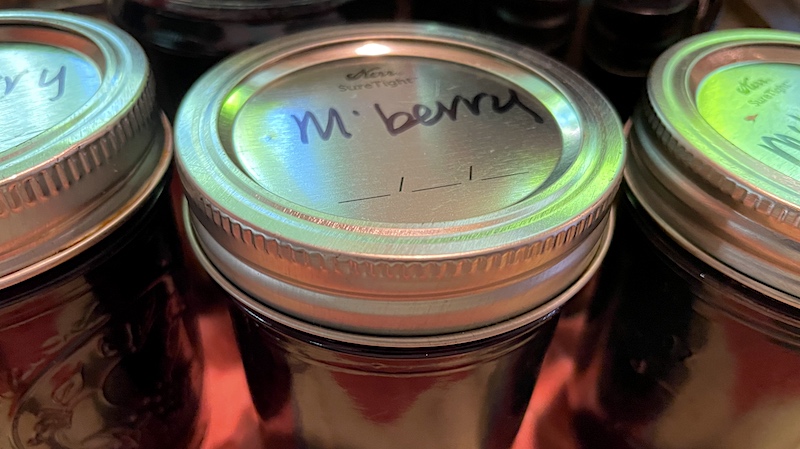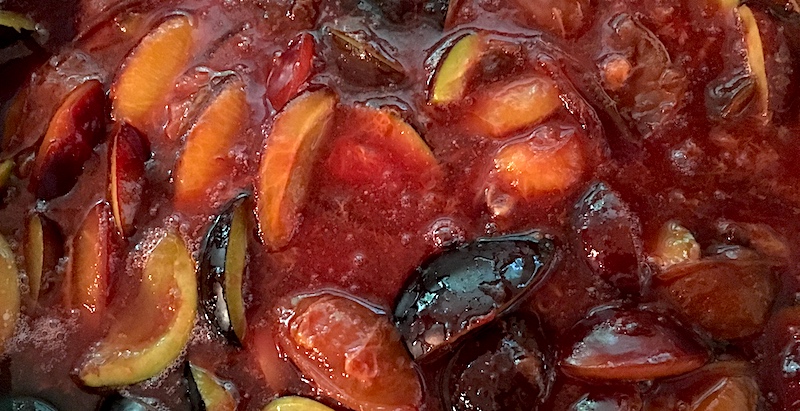
Extend Summer with Refreshing Mexican Agua de Jamaica
You've likely seen them in the more authentic Mexican restaurants around town, and certainly if you've traveled to Mexico: Giant ribbed jars—called vitroleros—full of brilliantly colored aguas frescas. I had my heart set on making one in particular, the purple-hued beauty known as agua de jamaica after finding a bag of dried hibiscus flowers lurking in the back of my pantry.

I've seen palm-sized, brilliantly colored hibiscus flowers blooming in gardens on recent walks around the neighborhood, but the flowers that are dried for agua fresca are from a specific variety, Hibiscus sabdariffa. The dried blossoms in my pantry were originally part of a holiday punch-making kit from Three Sisters Nixtamal, and there were enough left for a half-gallon batch of agua fresca.
The basic idea is to steep the dried flowers to make a concentrated "tea" that can then be sweetened—the concentrate is quite tart on its own—and served as is over ice or, as I do, combined with a splash of soda and simple syrup. The drink is high in vitamin C and anti-oxidants, and is used in many cultures to aid in lowering blood pressure, easing urinary tract infections and for liver and kidney health. Plus it's delicious!
I checked with Wendy Downing, co-owner of Three Sisters Nixtamal, and she has dried hibiscus flowers at their shop, and they can also be found at some Mexican and ethnic groceries.
Enjoy!
Agua de Jamaica (Hibiscus Cooler)
2 c. dried hibiscus flowers
3/4 c. granulated sugar (more if desired)
6 c. water
Ice
Garnishes (see below)
Rinse and drain the dried hibiscus flowers in a large colander.
Bring water to a boil in a pot. Add the flowers and cover tightly with a lid. Remove from the heat and steep for 10 minutes.
Strain hibiscus water into a pitcher and discard flowers. Add sugar and stir. Refrigerate until time to serve.
Taste tea, and add more sugar or dilute with water to your liking.
Ladle into a tall glass filled with ice and garnish with fresh mint leaves or lime slices (optional).
Photo of Hibiscus sabdariffa from Wikipedia.
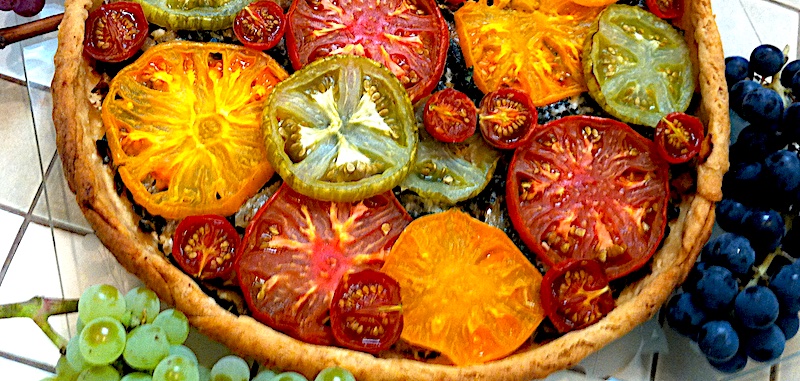
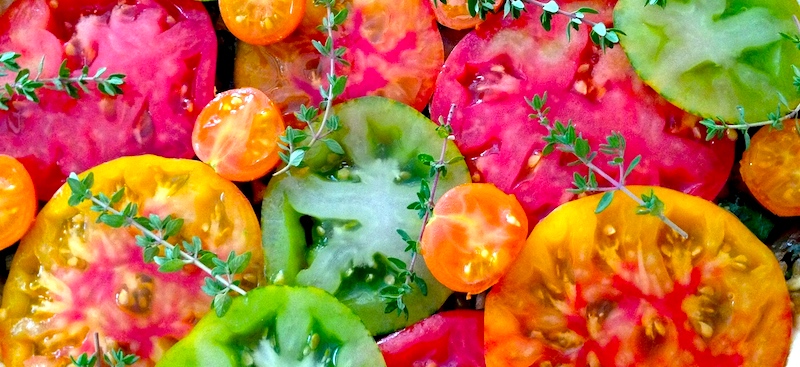




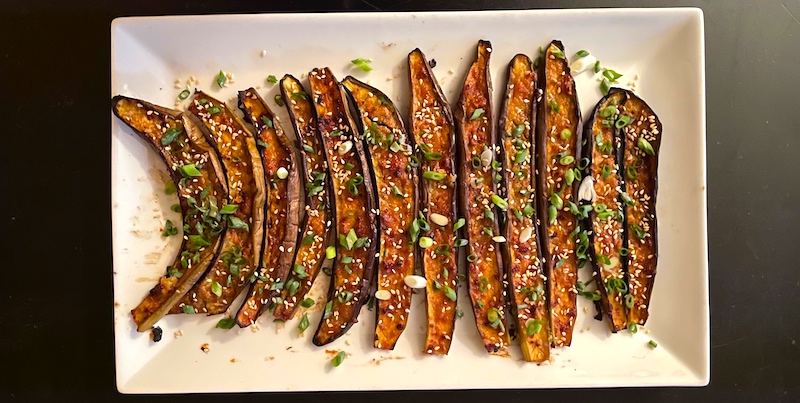
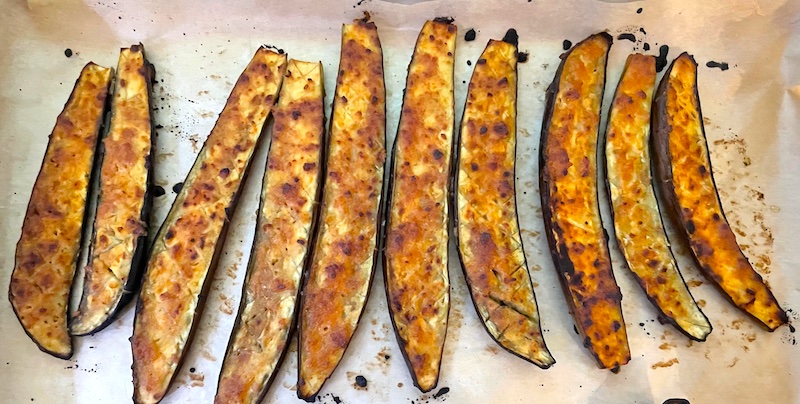
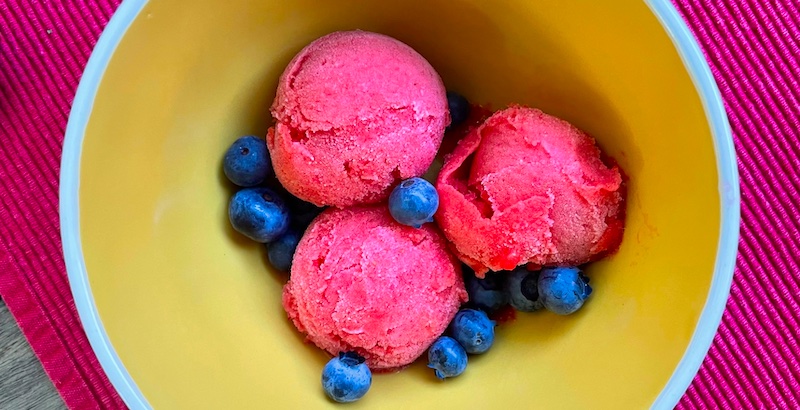
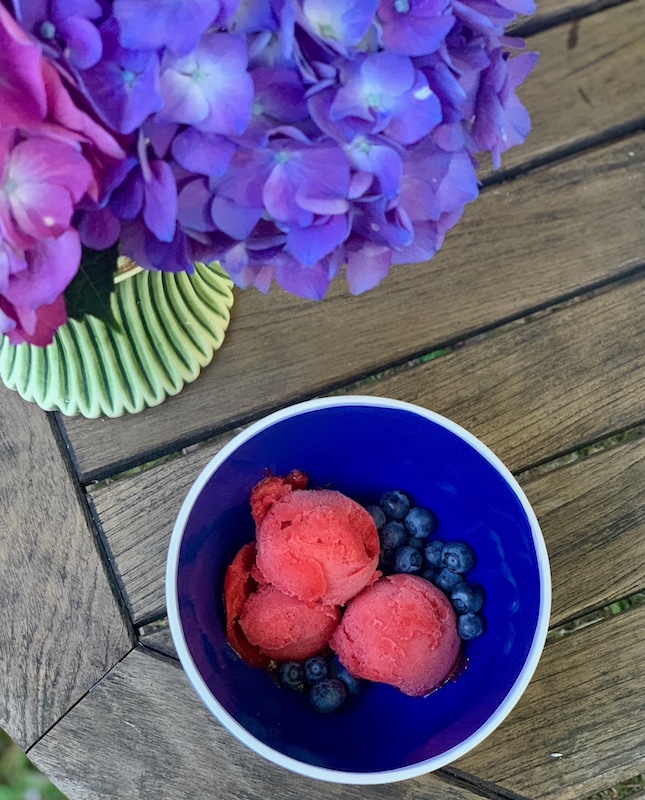 It led to a complete rethinking of our very profligate and, frankly, thoughtless use of dairy in everything from our morning toast to creamy casseroles to buttery pastries and desserts. Store shelves today proudly proclaim their products to be "dairy free" and "vegan," with lactose-free butter, milk and cheeses in stock almost everywhere. Even restaurant menus now offer dairy-free options and label entrées "DF" or "V," but thirty years ago it meant switching to margarine and tofu-based simulacra of our beloved dairy products.
It led to a complete rethinking of our very profligate and, frankly, thoughtless use of dairy in everything from our morning toast to creamy casseroles to buttery pastries and desserts. Store shelves today proudly proclaim their products to be "dairy free" and "vegan," with lactose-free butter, milk and cheeses in stock almost everywhere. Even restaurant menus now offer dairy-free options and label entrées "DF" or "V," but thirty years ago it meant switching to margarine and tofu-based simulacra of our beloved dairy products.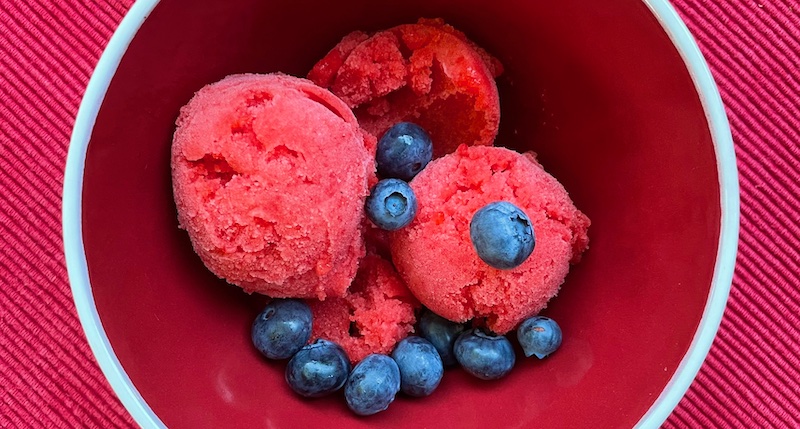 But the upsides were legion, as well. One of the big reasons for Dave's
But the upsides were legion, as well. One of the big reasons for Dave's 

 Plus, if you make it in the summer and get too warm standing in front of the stove, you are allowed a glass (or more, depending on how quickly you drain it) of a chilled white or rosé.
Plus, if you make it in the summer and get too warm standing in front of the stove, you are allowed a glass (or more, depending on how quickly you drain it) of a chilled white or rosé.